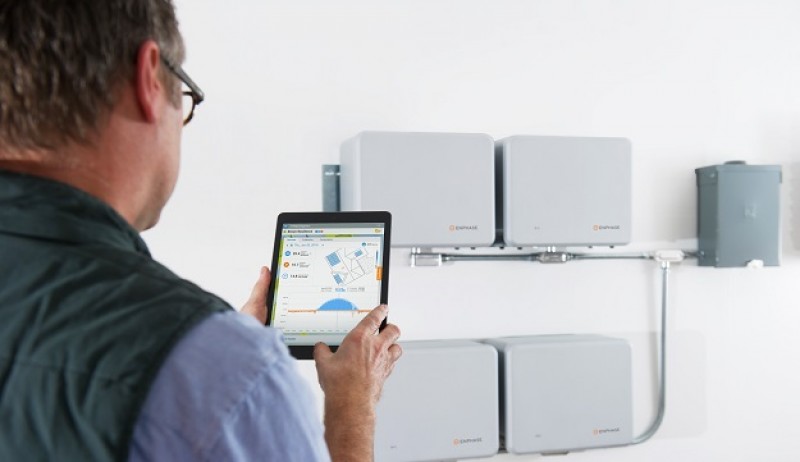Wringing out the Energy Sponge: Energy Storage
California is often seen as the forerunner to many social, political, and environmental topics of the day. It is no different when it comes to the organs and arteries of the power grid. With California becoming increasingly more critical about any form of power generation outside of renewables, it is prudent to consider the changes to the energy body and what it means to the residential, commercial, and industrial customer alike.
We are hearing a lot of customers clamoring about battery back-up to support their solar production. As you might have already guessed, I don’t usually get too far into these blog posts without defining key terms or drawing on some life analogy to paint the picture that’s in my head. It’s definitely become the ethos of Peak Power Solutions in all regards; arm the listener with the tools of interpretation and make it relatable to life. On that note, I want to zero in on batteries and define them as energy storage.
Energy storage, much like your local self-storage facility down the street, is meant to house your goods (electricity in this case) until your need or purpose for it arise. Your need can be defined in a few different ways; clouds blocking solar rays upon your solar system, high Time-of-Use charges during peak demand periods of a summer day, and/or as a load smoothing/shifting mechanism when most favorable in concert with the parameters of your rate schedule. Ultimately, energy storage allows you to reap increased net energy metering benefits by more succinctly leveraging the attributes built into your specific rate schedule.
Though your energy storage solution can very much act as a back-up to your power needs, both you and your local utility have specific goals to achieve by having energy storage deployable throughout the distributed energy grid. Your energy storage unit should be sized to support the bare minimum usage of your home at any given time. As that may vary during seasons around your home, Peak Power Solutions will always provide a load assessment to assure you are accurately sizing all the components of your energy solution. It’s a constant tempering of what is most important to you; convenience in all circumstances or the willingness to be flexible when atmospheric conditions change.
With a blend of Time-of-Use rate schedules and deployment of such devices discussed thus far, a formidable overarching objective of present-day infrastructure design is driven by behavior modification of the consumer. Of course, a larger solar system, including an energy storage solution, raises the price tag. So here’s where the key difference between the self-storage facility down the street comes into play: frequency of use. A guiding light when considering the size of energy storage should be to access it as often as it demonstrates to be a better financial outcome then what the grid has to offer. After all, that is the same premise of how solar got rolling in the first place!
As I have mentioned many times in these blog posts, utilities salivate at the opportunity to avert infrastructure expansion projects. Changing out transformers, adding generation, hanging bigger wires on poles/towers, and the labor to complete it all is very costly. For the utility company, embracing the distributed energy grid speaks directly into their short and long term vision, both at the wholesale and retail level. I encourage you to call Peak Power Solutions today and explore the value that net metering and battery backups can bring to you through a complete energy liberation solution.







Leave A Comment